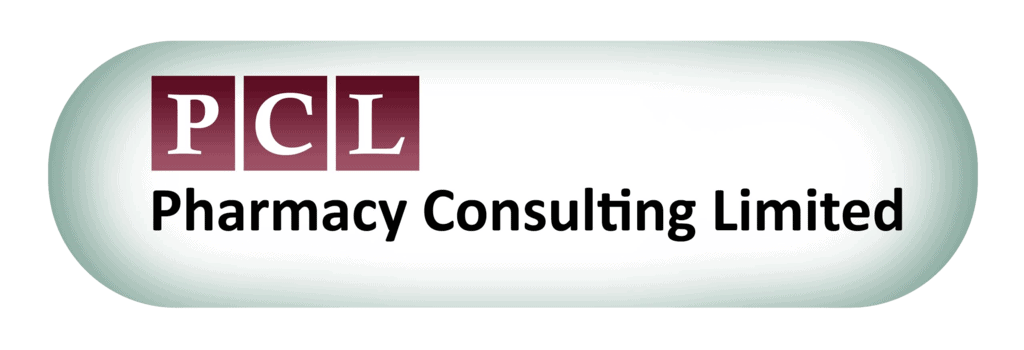Medical device apps are becoming increasingly more common as healthcare management tools used in hospitals and community settings. Health-based apps are also becoming a part of many people’s fitness regimes and personal health routines. Standalone software and apps that are classified as medical devices must be UKCA marked meeting the legislation and requirements of the Medical Device Regulation 2002 to be sold in Great Britain (GB). The UKCA (UK Conformity Assessed) marking shows that a product to be sold within GB meets the applicable requirements. For products to be sold in the EU, they must have a CE mark which indicates that the product has been assed by the manufacturer and deemed to meet EU safety, health and environmental protection requirements as well as the Medical Device Regulation 2002 in regard to a medical device.
Common examples of medical device apps include Hospital Information systems which support patient management, Decision Support software that makes recommendations on patient care, Telemedicine systems which allow for online consultations and remote control or surgical robots and data collection and data monitoring software.
The classification of software and apps as a medical device can be complex and if you have any confusion on whether an app you are using or an app you are developing is a medical device, you should refer to the MHRA. Software and apps which are based on health data or disease diagnosis may be classified as a medical device but also several other classifications such as: a medical device accessary, an active implantable, an IVD (In Vitro Diagnostic) medical device and an IVD medical device accessory.
The MHRA has released guidance in the form of a PDF titled ‘Guidance: Medical device stand-alone software including apps (including IVDMDs)’. The document offers a flow chart method to help developers and consumers determine if their stand-alone software or app is a medical device. Here is a link to the guidance: https://assets.publishing.service.gov.uk/government/uploads/system/uploads/attachment_data/file/999908/Software_flow_chart_Ed_1-08b-IVD.pdf
The guidance offers advice on what is and what isn’t a medical device on a range of intended purposes for the product ranging from:
- Software concerning a physiological or pathological state
- Software concerning a congenital abnormality
- Software monitoring therapeutic measures
- Software to prevent disease
- Software for medical diagnosis
- Software for monitoring of medical conditions
- Software for investigation, replacement, or modification
- Software for treatment and alleviation
- Software for medical compensation
- Software for control of conception
Please follow the link below for any further information:
Medical devices: software applications (apps)
https://www.gov.uk/government/publications/medical-devices-software-applications-apps
